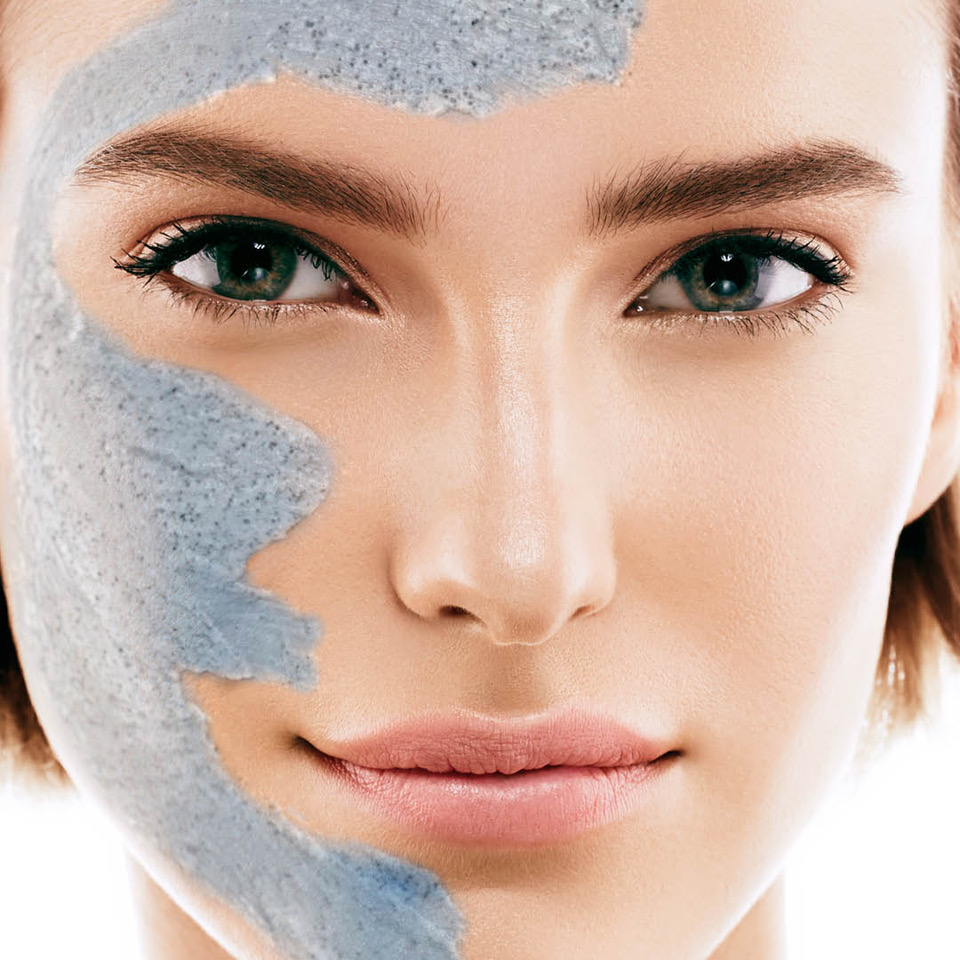Peels are solutions applied to the surface of the skin to strip away the outermost layers, revealing the fresh new skin beneath.
Used to treat a variety of skin conditions, peels can improve problems from dryness or skin dullness to acne, rosacea and pigmentation. Ingredients range from naturally occurring chemicals and herbal extracts to synthetic chemicals, and their effects range from mildly brightening to aggressive resurfacing.
Depending on the strength, peels can be administered by dermatologists, cosmetic practitioners and skincare professionals, and are recommended as a course of treatments. Peels are now so refined, the classification is no longer just light, medium or deep. There are peels specifically to treat many different skin complaint and nearly all skin types.
Natural peels
Alpha hydroxy acid (AHA) peels are the mildest option, available in salon treatments and can be used on most skin types. They use lactic, fruit or glycolic acids to treat dryness and improve skin texture.
Beta hydroxy acid (BHA) peels use salicylic acid to speed the skin cell shedding process and improve blemished skin.
Chemical peels
Chemical peels are higher strength solutions that use different grades of acid to strip the skin of dead skin cells and promote the production of collagen and elastin in the skin. These chemicals – ranging from alpha hydroxy, kojic and salicylic acids to Trichloroacetic acid and phenol – also vary in their depth of penetration, causing them to directly target specific concerns. Typically, the stronger the strength of the peel, the deeper the penetration and the more severe the post-treatment side effects.
The treatments usually cause stinging during application and various degrees of aking after treatment – from ne aking to sheeting, as the new layers of skin start to form. Chemical peels can be quite aggressive; so skin analysis during consultation is required to decide which peel is most suitable and whether any allergic reactions will occur.
Dryness, redness and peeling – which feels similar to sunburn – can be expected for up to a week after most peels. It is imperative the peeling skin is not picked at or rubbed, as it may cause scarring. Makeup may be worn to cover this, depending on the practitioner’s instructions.
Using an unscented moisturiser can help relieve the tight sensation of treated skin, and a mild topical steroid cream or ointment can be used to soothe temporary swelling or redness. Sunscreen should be worn at all times while outside.












